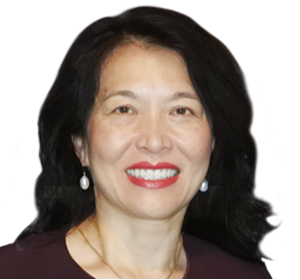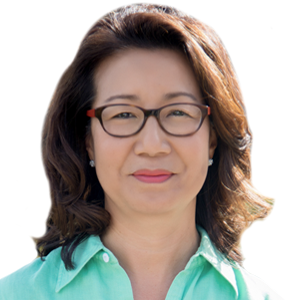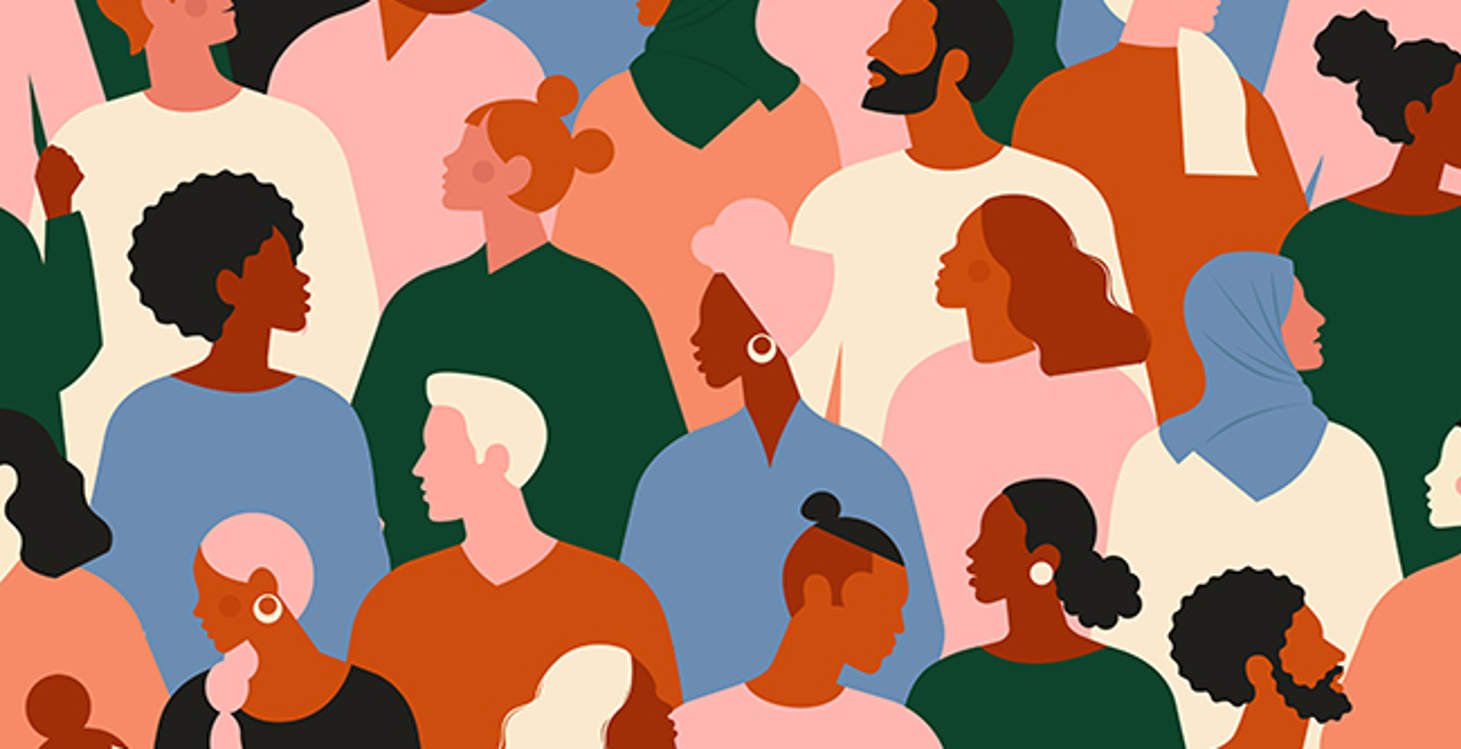
Governance Surveys
Center for Inclusive Governance
For the past several years, the NACD BoardTalk blog has been filled with excellent articles on the need and ways for boards and corporations to address systemic racism and to improve diversity, equity, and inclusion (DE&I) within their organizations. Based on our own experiences discussing and working on DE&I issues in both corporate and nonprofit boardrooms, we believe that for DE&I efforts to ultimately succeed, it is important to recognize underlying myths, assumptions, or stereotypes held—consciously or otherwise—that color and inform the spaces we enter when organizations take on DE&I work.
Recently, harmful assumptions about Asian people have gained broad public attention alongside the past year’s rise in anti-Asian violence and sentiment as a result of false rhetoric blaming Asian people for the COVID-19 pandemic. This wave of hate culminated in the March 2021 Atlanta spa shootings that killed eight people, six of them women of Asian descent. The alarming increase in anti-Asian hate has sparked a nationwide discussion, especially in the Asian American community, about the Asian American experience, the role and place of Asian Americans within American society, and the underlying myths that fuel anti-Asian racism.
Why is understanding and discrediting these myths important for corporate directors to do? Because they ultimately harm not only Asian Americans but all other racial groups and undermine organizational DE&I efforts.
One of the more pernicious myths that has permeated American society and workplace culture has been the Asian model minority myth. The term “model minority” was first used in 1966 by sociologist William Petersen in a New York Times Magazine article to praise the ability of Japanese Americans to find success and gain capital in the United States, solidifying the stereotypes of Asians as “industrious and rule-abiding” at a time when Black Americans were struggling against systemic bigotry.
The term “model minority” has been harmful to Asian Americans in a number of ways. It assumes a monolithic racial group that is uniformly socioeconomically successful, and it disregards the wide disparities in income, education, and wealth that exist among Asian Americans—who are, in fact, one of the most diverse communities, consisting of immigrants and multigenerational descendants of immigrants from more than 20 countries in Asia. A 2018 Pew Research Center study showed that income inequality in the United States is greatest among Asians compared to all other racial or ethnic groups, with income gains for lower-income Asians between 1970 and 2016 (11%) lagging behind gains for lower-income Black (67%), white (45%), and Hispanic (37%) people.
In the workplace, the myth perpetuates the false perception that all Asian Americans are successful professionals, especially in the science, technology, engineering, and math fields and in business. The perception that Asian Americans are well represented in the boardroom and at the executive level is also erroneous and misleading. Ascend research shows that Asian Americans make up 12 percent of the US professional workforce and yet only 4.4 percent of all Fortune 1000 board members are Asian American, with Asian American women faring the worst, with just 1.47 percent of board seats. Another Ascend study launched last year using 2018 US Equal Employment Opportunity Commission cross-industry data also shows that while all racial minorities were underrepresented at the executive level relative to their representation at lower professional levels, Asian people were the most likely to be hired for professional jobs but the least likely to advance to become executives.
The myth’s presumption of Asian success in corporate America and beyond has led to the exclusion of Asian Americans not only in DE&I efforts (for example, some companies’ DE&I programs around hiring and promotion explicitly target only Black and Latinx employees), but also from important discussions about workplace diversity and breaking the glass ceiling. This exclusion not only makes Asian Americans feel undervalued and invisible, but also deprives Asians of seats at the table when policies are made that affect them.
More than just harming Asians, the myth has insidiously been used to question the existence of institutionalized racism and the abilities or willingness of other minorities to work hard rather than looking at the role systemic racism plays in the struggles of ethnic minority groups, especially Black Americans. If Asians can succeed, the thinking goes, why can’t other groups? This drives a wedge between traditionally marginalized and underrepresented ethnic groups, pitting them against each other for what is often a very limited number of opportunities for advancement or that token board seat. This ultimately undermines any genuine attempts at, and the purpose of, DE&I efforts and will ensure that any progress organizations make on this front, if any, will be at best superficial.
That brings us to another destructive myth that all too often underlies DE&I work: that of the fixed pie, that one person’s gain must mean another’s loss. This myopic, zero-sum mentality has also served to pit groups against each other, thus maintaining the status quo and systemic racism. And this zero-sum mentality hurts companies, too, because when this mindset is present, organizations limit and deprive themselves of the wealth of experiences, knowledge, and talents of a diverse workforce and management needed to thrive in an increasingly complex and interconnected world. Companies and boards should find creative ways now to expand the pie to be able to meet both the opportunities and challenges that lie ahead.
We cannot and should not do this work alone, because it is not only an “Asian” problem. We need courageous leaders on boards, in executive ranks, at institutional investors, at proxy advisories, in recruitment, in all forms of government, and at nonprofits to join our call to action to go beyond the current headlines and act in meaningful, measurable ways to better our organizations by including the important voices of Asian Americans. We ask leaders to publicly commit to adding more Asian American directors to their boards and leadership ranks, to actively including the perspectives of Asian Americans in conversations about race and social justice, and to learning about and listening to the lived experiences of Asian Americans in the United States.

Anna W. Mok leads the Asia Pacific region for Deloitte & Touche and is a global lead client service partner at the company. She is also president of Ascend, a pan-Asian business leadership nonprofit.

Jeannie H. Diefenderfer is the founder and CEO of courageNpurpose, a consulting firm, and is a director at Colony Capital and vice chair at Tufts University.
